Hey PerchMe community! We’re back to talk about something even bigger than scrubbing feeders: keeping backyard birds thriving, not just surviving. While cleanliness is critical (and we covered that in our last post), there’s a whole world of health risks and solutions to explore. Let’s dig into the less obvious ways to protect your feathered visitors—because a healthy backyard ecosystem is about more than just a shiny feeder.

1. Disease Prevention: More Than Just Mold
Birds face silent threats like avian flu, trichomoniasis, and mites, which spread through saliva, feathers, or contaminated water. Here’s how to minimize risks:
- Ditch crowded feeders: Overcrowding stresses birds and speeds disease transmission. Use multiple smaller feeders spaced 10+ feet apart.
- Skip platform feeders in high-risk seasons: Open trays trap droppings and saliva. Opt for tube feeders with drainage holes instead.
- Ground-feeding? Be cautious: Rake up seed debris daily to avoid attracting rodents (and the parasites they bring).

2. Predator-Proofing 101
Even the healthiest birds can’t thrive if they’re stressed by lurking dangers.
- Cats: Keep feeders 5+ feet off the ground and away from fences or shrubs where cats can hide. Bonus: Install a baffle below feeders to block climbing predators.
- Hawks: Place feeders near dense shrubs or trees so small birds can dart to cover. Avoid wide-open spaces.
- Window strikes: Apply UV decals or hang ribbons to break up reflections. Over 1 billion birds die from collisions yearly—this one’s a game-changer.

3. Water Wisdom: The Overlooked Health Hazard
Birdbaths are hotspots for bacteria and mosquito larvae if not maintained.
- Refresh water daily: Stagnant water = disease soup. Scrub baths with vinegar weekly.
- Add rocks or slopes: Give tiny birds a safe perch to drink without drowning.
- Winter tip: Use a heated birdbath instead of antifreeze (toxic!) to prevent ice buildup.

4. Seasonal Shifts: Adjust Your Routine
Birds’ needs change with the weather—so should your strategy.
- Summer: Avoid suet in heat (it turns rancid). Switch to seed mixes with fewer fatty ingredients.
- Winter: Provide high-energy foods like sunflower hearts and peanuts, but never use salted varieties.
- Migration seasons: Clean feeders extra frequently as exhausted travelers pass through.

5. Native Plants: The Ultimate Bird Pharmacy
Supplement feeders with nature’s own “health food aisle”:
- Berries: Native juniper or serviceberry bushes provide antioxidants and hydration.
- Insects: Let a corner of your yard grow wild to attract caterpillars and beetles—critical protein for nestlings.
- Avoid pesticides: Even “organic” sprays can harm birds indirectly by killing their food sources.
The PerchMe Philosophy
Our smart feeders help you monitor seed levels and activity patterns, but they’re no substitute for your eyes and instincts. Notice lethargic birds? Take feeders down for 48 hours to disrupt disease spread. See fewer visitors than usual? It might be time to audit your seed quality or local habitat changes.

Your Turn!
We’re all in this together, so let’s crowdsource some wisdom:
- Comment below: What’s one backyard bird health tip you swear by?
- Share your fails: Ever accidentally harmed birds with good intentions? (We once hung a “cute” feeder too close to a window—lesson learned!)
- Tag us @PerchMeBirds with photos of your predator-proof setups or native plant patches.
Stay curious, stay proactive, and keep those wings flapping safely!
—The PerchMe Crew

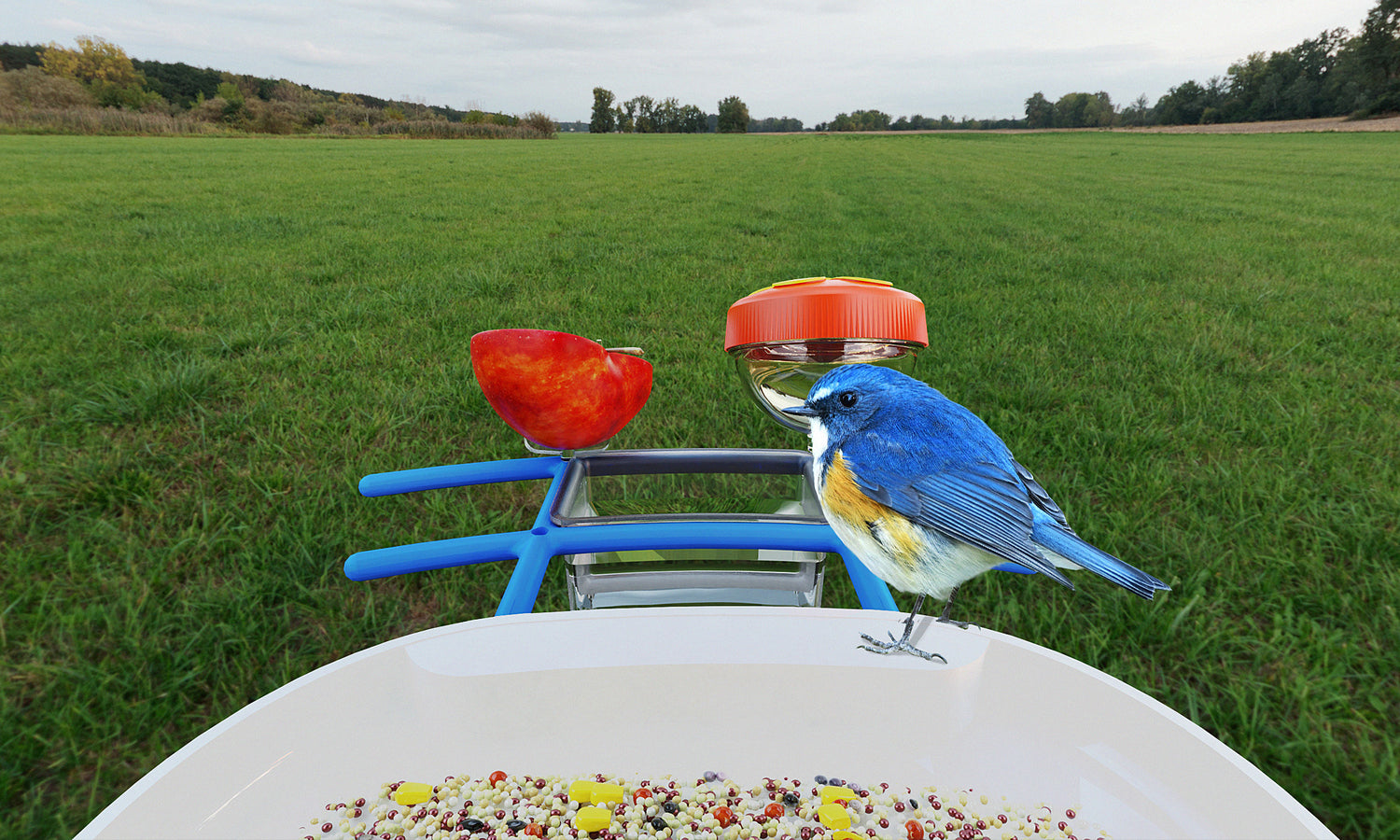
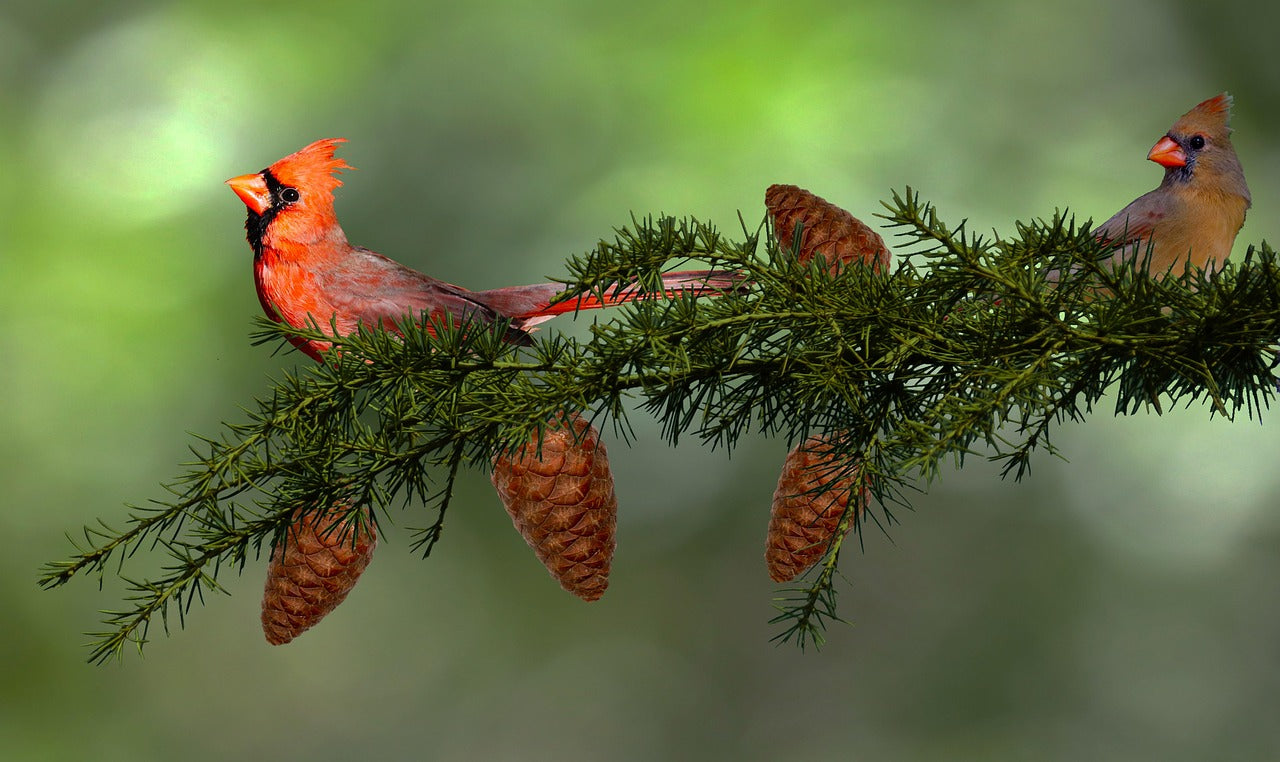
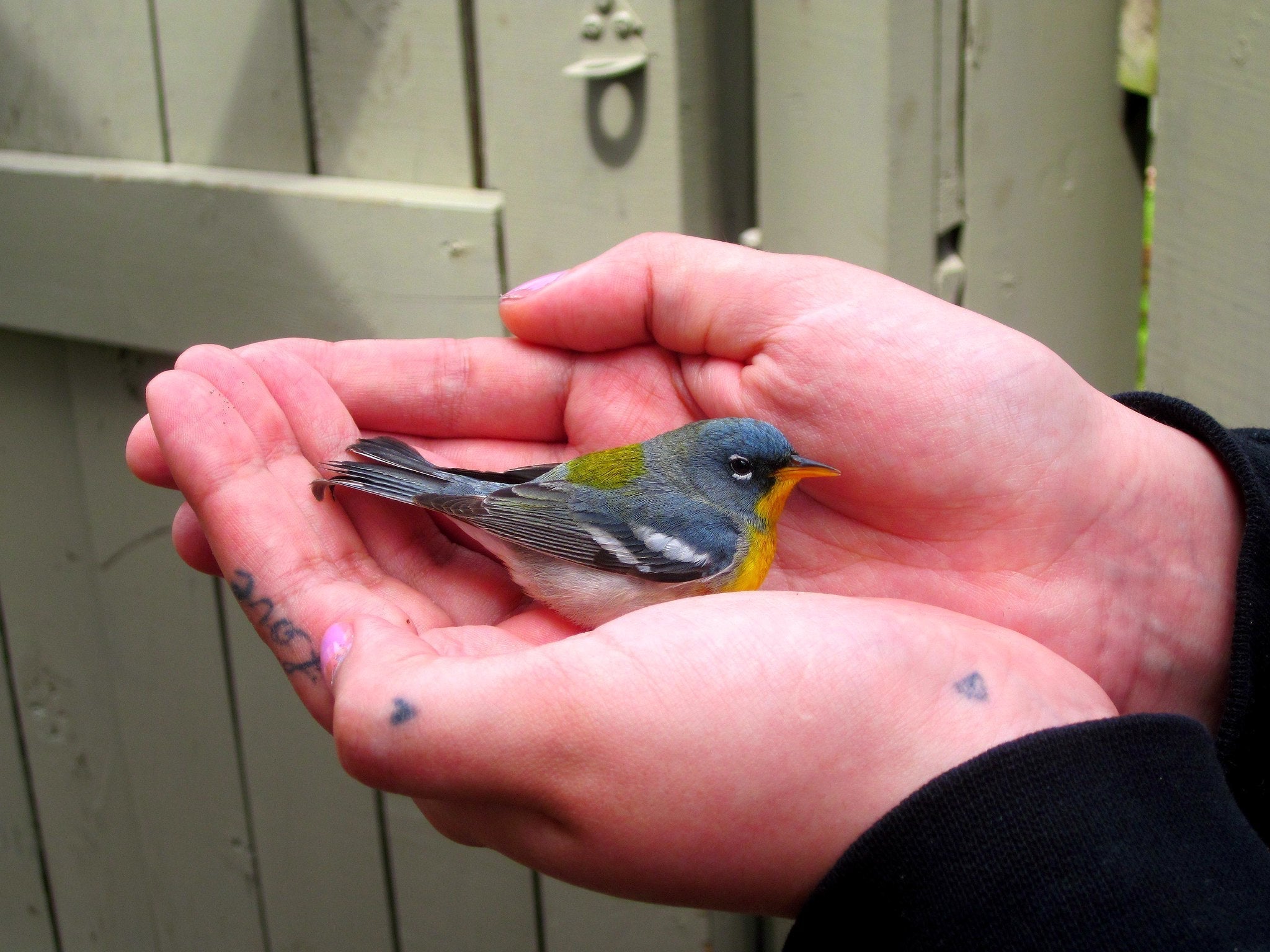
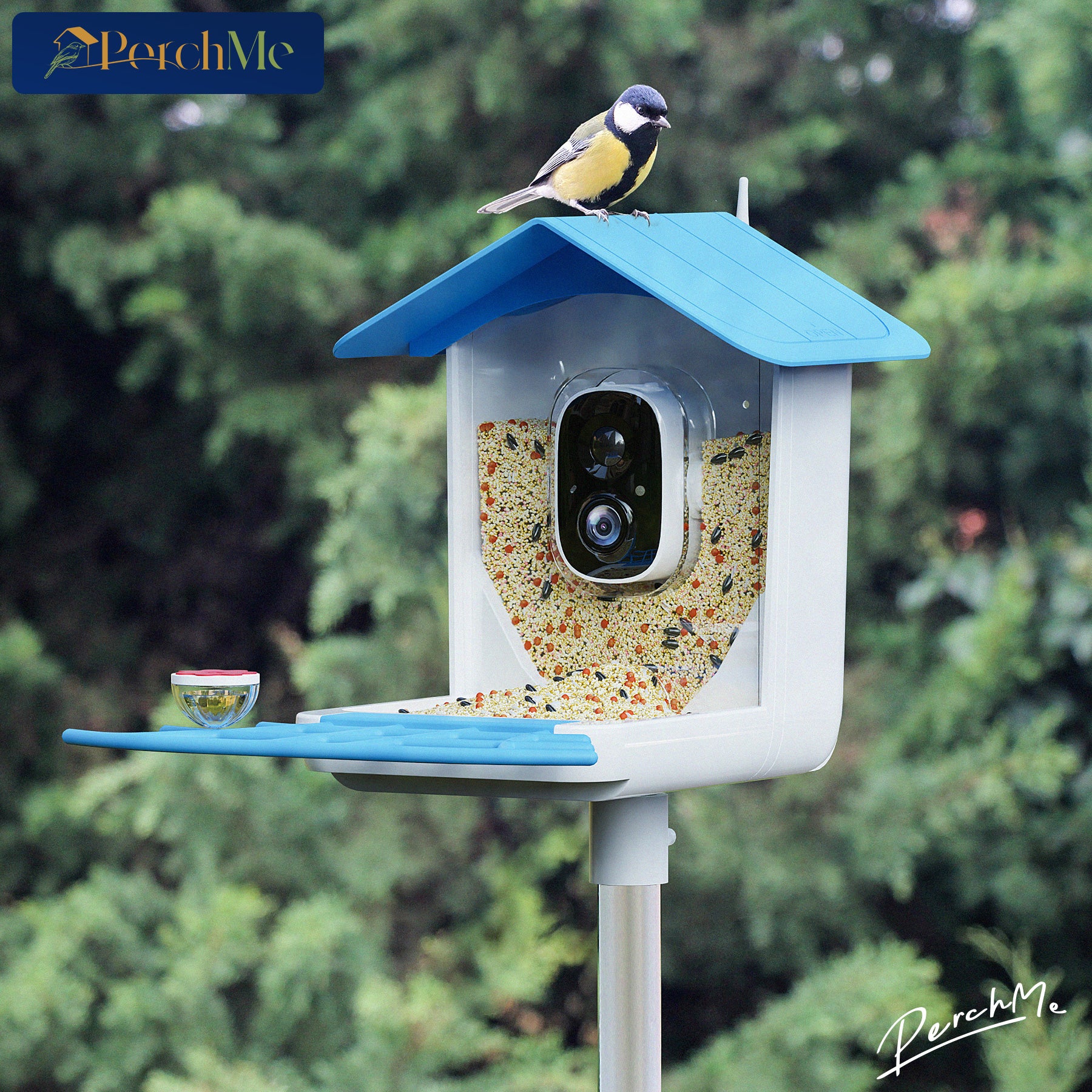
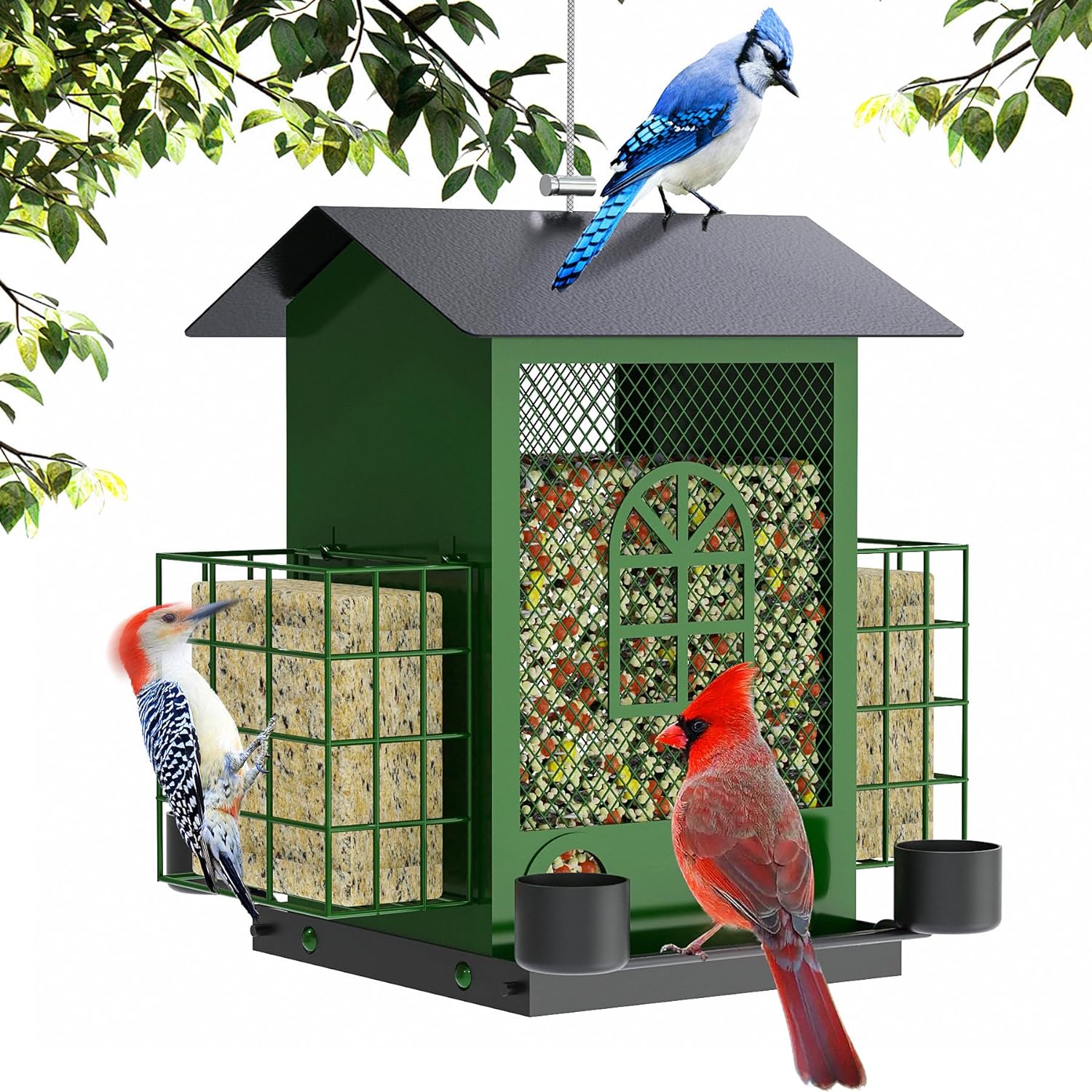














Dejar un comentario
Todos los comentarios se revisan antes de su publicación.
Este sitio está protegido por hCaptcha y se aplican la Política de privacidad de hCaptcha y los Términos del servicio.